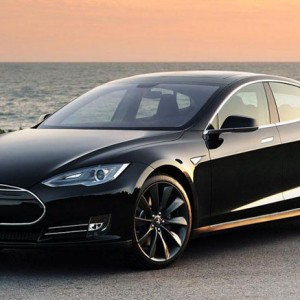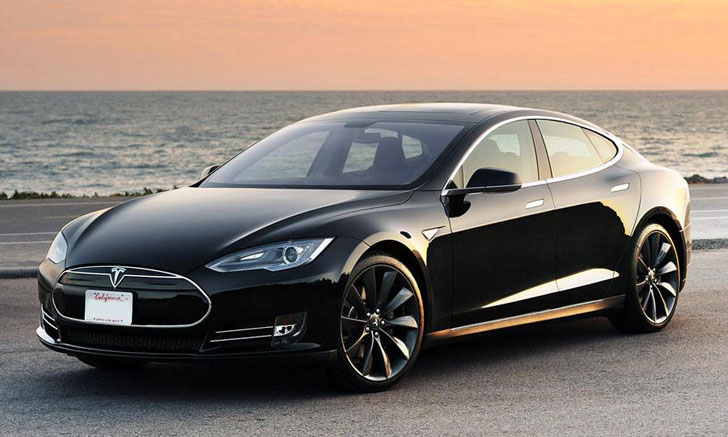As electric vehicles from motor manufacturers such as Tesla are becoming more and more commonplace in the United States, utility companies are doing their best to make their cost and operation as affordable as possible.
Tesla Motors has become synonymous with cars powered by electricity, and everyone knows they’re eco-friendly. However, what isn’t so obvious is how well these cars make use of energy for recharging. What the latest figures show is that electric vehicle (EV) owners recharge their Tesla vehicles during the early hours of the morning or late at night, and it benefits not just them but the power sector as well.
What the Data Reveals about the Tesla
A study was conducted to analyse the energy usage of Tesla EV owners in the western United States, and the findings were very significant. A report published about the study shows that electric vehicle owners usually recharge beginning midnight, producing a spike 4x higher than normal. The most surprising result is that the surge almost always occurred at midnight with very little deviation.
The reason, it turns out, is that EV owners in the area have entered into an agreement with their utility company. Based on the agreement, EV owners get a discount from 1MN until 7:00 AM. While they get a discount during that period, it is made up for during the daytime. Judging from the results and the increasing popularity of EVs, this concept seems to be working.
This arrangement works both ways, because by offering discounts during late nights and early morning hours, utility companies avoid the risk of system overload when EVs charge during the day. A single Tesla electric car won’t use up a lot of power, but several EVs can burden the system, so it makes sense to do it when demand is low. The positive effect has not gone unnoticed, and several states including Minnesota, California and Texas are now offering special EV charging programs.
Electricity Needs and Uses of Tesla EV Owners
Not only do Tesla EV owners charge cars at night the way some people charge mobile devices, but their daytime usage also differs. The statistics show that after charging, consumption goes down, but it is still higher compared to the average household. The pattern suggests that Tesla EV owners have a higher than normal usage from 7 until 9 in the morning and 5:00 PM until midnight. For the rest of the day, the level goes down to below what’s normal in other households.
These reports say a lot about the profile of a typical Tesla EV owner. First off it shows that their power requirements are higher compared to non EV owners even when they’re not charging their car. Observers also say it’s possible some Tesla EV owners charge during the daytime, although the increased use is more likely due to having more appliances in their homes.
Probably the most significant aspect of the report is that EV owners, more often than not, rely on solar power or plan to use it in the future. In fact, a study revealed that 32% of EV owners in the western United States have rooftop solar.
The implications of this study of Tesla car owners is clear, and it’s that EV owners are more conscious of the way they use power, and they will resort to solar energy to cut back on costs.

